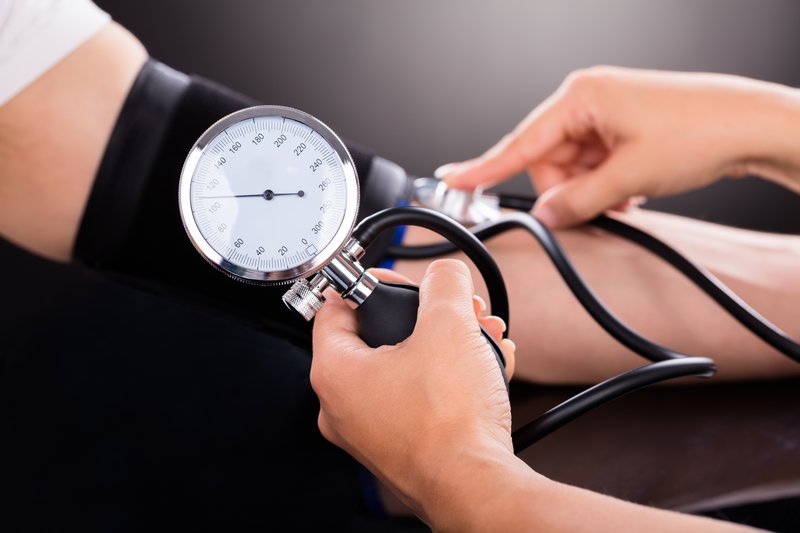Living conditions of children, 2024
Holidays away from home at least one week per year and socializing with peers remain accessible to most children
In 2024, paid leisure activities were provided to children by 72% of households, which is 4 percentage points more than in 2014. The highest growth was observed in households with incomes below the at-risk-of-poverty threshold. The general health status of 71% of children was assessed as very good.
Selected goods accessible to almost all children
The accessibility of goods such as footwear, outdoor leisure equipment (e.g. bicycle, rollerblades, roller skates, skis, sleds), toys/games and books suitable for the child's age has not changed significantly over the past ten years, from 2014 to 2021 and the latest data from last year. In 2024, children (0–15 years) had them available in 98% of households, and toys/games in 99% of households.
Almost all households (99%) could also afford fresh fruit, vegetables, and a meal with meat, fish or vegetarian equivalent for all their children at least once a day. This too has not changed in the past ten years.
Some new (not second-hand) clothes for children (up to age 15) could be afforded by 97% of households last year, which is 3 percentage points more than in 2014. The most notable increase over the decade was among households with incomes below the at-risk-of-poverty threshold (up by 7 percentage points, to 95%).
Paid leisure activities for children more accessible than ten years ago
The share of households where all children regularly attended paid leisure activities (e.g. youth organisations, music school, sports and other activities for which it is necessary to pay membership fees, contributions, etc.) increased by 4 percentage points between the years 2014 and 2024, reaching 72%. The increase was 7 percentage points for households below the at-risk-of-poverty threshold (from 50% to 57%), and 2 percentage points for those above it (from 71% to 73%).
Due to financial reasons, 3% of households were unable to provide such activities for their children, which is 7 percentage points fewer than a decade ago (10%). A noticeable difference was observed between households below the at-risk-of-poverty threshold and those above it. Among households below the threshold, 12% could not afford these activities for their children — 11 percentage points fewer than ten years ago (23%). The share also declined among households above the threshold, from 8% in 2014 to 2% in 2024. Data from 2021 were significantly affected by COVID-19, so comparisons with that year should be made with caution.
The share of households where all children occasionally invited friends round to play and eat from time to time was 91%, roughly the same as ten years ago (2014: 92%). In 2021, this share dropped significantly (to 79%) due to the impact of COVID-19. As expected, such social interactions were more common in households with incomes above the at-risk-of-poverty threshold (92%) compared to those below it (84%).
At least one week of holiday away from home remains accessible to children in over 9 out of 10 households
Last year, 94% of households with children aged up to 15 ensured that all children had at least one week of holiday away from home, which is 3 percentage points more than in 2014. The greatest increase was observed in single-parent households with at least one dependent child (2014: 86%, 2024: 94%). Household income also had an impact on the ability to afford a week-long annual holiday away from home. Among households with the lowest incomes, the share of those where all children spent at least one week on holiday away from home was 86%, compared to 97% among households with the highest incomes.
Children’s health better in households with higher incomes
In 2024, parents or guardians estimated that 71% of children aged 0 to 15 were in very good general health. The share is 3 percentage points lower than in 2021 but 7 percentage points higher than in 2017, when these data were also collected. A quarter of parents reported their children’s health as good, while 3% said it was fair. In households with the highest incomes, 78% of children were estimated to be in very good health, compared to households with the lowest incomes, were the share was 68%.
Parents or guardians estimated children aged 6–10 as being in the best health, with 72% considered to be in very good health. There was little difference between boys and girls in the two younger age groups, but a slightly larger gap appeared among those aged 11–15. Parents estimated that 67% of boys in this age group were in very good health, compared to 73% of girls.
The majority of children (96%) were not long-term (i.e. continuously for at least six months) limited in their usual activities due to health problems. For 4%, parents or guardians reported that such problems significantly or moderately limited their daily activities — an increase of 2 percentage points compared to 2021.
Tables with the latest data are available in the SiStat Database.
The accessibility of goods such as footwear, outdoor leisure equipment (e.g. bicycle, rollerblades, roller skates, skis, sleds), toys/games and books suitable for the child's age has not changed significantly over the past ten years, from 2014 to 2021 and the latest data from last year. In 2024, children (0–15 years) had them available in 98% of households, and toys/games in 99% of households.
Almost all households (99%) could also afford fresh fruit, vegetables, and a meal with meat, fish or vegetarian equivalent for all their children at least once a day. This too has not changed in the past ten years.
Some new (not second-hand) clothes for children (up to age 15) could be afforded by 97% of households last year, which is 3 percentage points more than in 2014. The most notable increase over the decade was among households with incomes below the at-risk-of-poverty threshold (up by 7 percentage points, to 95%).
Paid leisure activities for children more accessible than ten years ago
The share of households where all children regularly attended paid leisure activities (e.g. youth organisations, music school, sports and other activities for which it is necessary to pay membership fees, contributions, etc.) increased by 4 percentage points between the years 2014 and 2024, reaching 72%. The increase was 7 percentage points for households below the at-risk-of-poverty threshold (from 50% to 57%), and 2 percentage points for those above it (from 71% to 73%).
Due to financial reasons, 3% of households were unable to provide such activities for their children, which is 7 percentage points fewer than a decade ago (10%). A noticeable difference was observed between households below the at-risk-of-poverty threshold and those above it. Among households below the threshold, 12% could not afford these activities for their children — 11 percentage points fewer than ten years ago (23%). The share also declined among households above the threshold, from 8% in 2014 to 2% in 2024. Data from 2021 were significantly affected by COVID-19, so comparisons with that year should be made with caution.
The share of households where all children occasionally invited friends round to play and eat from time to time was 91%, roughly the same as ten years ago (2014: 92%). In 2021, this share dropped significantly (to 79%) due to the impact of COVID-19. As expected, such social interactions were more common in households with incomes above the at-risk-of-poverty threshold (92%) compared to those below it (84%).
At least one week of holiday away from home remains accessible to children in over 9 out of 10 households
Last year, 94% of households with children aged up to 15 ensured that all children had at least one week of holiday away from home, which is 3 percentage points more than in 2014. The greatest increase was observed in single-parent households with at least one dependent child (2014: 86%, 2024: 94%). Household income also had an impact on the ability to afford a week-long annual holiday away from home. Among households with the lowest incomes, the share of those where all children spent at least one week on holiday away from home was 86%, compared to 97% among households with the highest incomes.
Children’s health better in households with higher incomes
In 2024, parents or guardians estimated that 71% of children aged 0 to 15 were in very good general health. The share is 3 percentage points lower than in 2021 but 7 percentage points higher than in 2017, when these data were also collected. A quarter of parents reported their children’s health as good, while 3% said it was fair. In households with the highest incomes, 78% of children were estimated to be in very good health, compared to households with the lowest incomes, were the share was 68%.
Parents or guardians estimated children aged 6–10 as being in the best health, with 72% considered to be in very good health. There was little difference between boys and girls in the two younger age groups, but a slightly larger gap appeared among those aged 11–15. Parents estimated that 67% of boys in this age group were in very good health, compared to 73% of girls.
The majority of children (96%) were not long-term (i.e. continuously for at least six months) limited in their usual activities due to health problems. For 4%, parents or guardians reported that such problems significantly or moderately limited their daily activities — an increase of 2 percentage points compared to 2021.
Tables with the latest data are available in the SiStat Database.
METHODOLOGICAL NOTE
The source of ad hoc module "Living conditions of children" is the EU comparable Statistics on Income and Living Conditions (EU-SILC), which was implemented with the survey in 2024 (survey year) and the use of administrative and register data mostly referring to 2023 (income reference year).
Additional explanations are available in the methodological explanations.
Additional explanations are available in the methodological explanations.
When making use of the data and information of the Statistical Office of the Republic of Slovenia, always add: "Source: SURS". More: Copyright.


.jpg)

